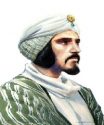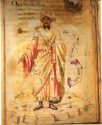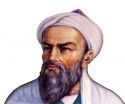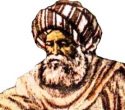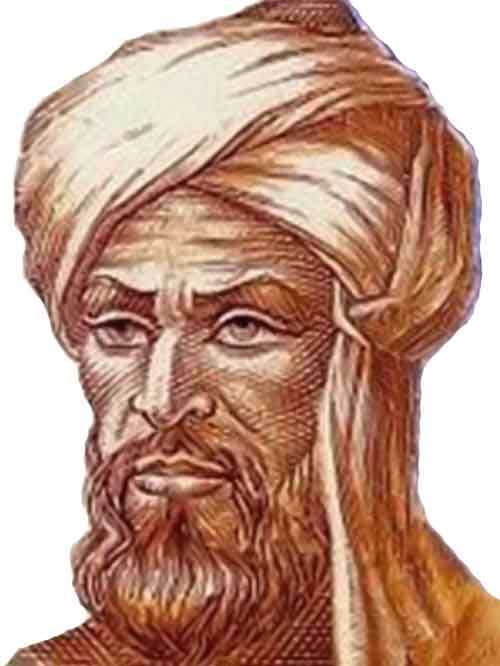 Al-Khwarizmi is one of the most famous mathematicians, astronomers, and geologists at the time of the Golden Era of Muslims. He is also the inventor of many mathematical methods and a branch of math, called Algebra. Furthermore, he was the first to use decimals to express the fractions.
Al-Khwarizmi is one of the most famous mathematicians, astronomers, and geologists at the time of the Golden Era of Muslims. He is also the inventor of many mathematical methods and a branch of math, called Algebra. Furthermore, he was the first to use decimals to express the fractions.
Biography
Muhammad Ibn Musa Al-Khwarizmi, nicknamed Al-Khwarizmi, belongs to a Persian family from Khorasan – now located in Uzbekistan. The exact date of his birth is not clear, but it is normally considered to be 780 CE. There is very little information about his early life, but it is clear that he was one of the brilliant students in Baghdad, Iraq.
Baghdad was the city of knowledge at the time of the Golden Era of Muslims. There was a large institute in Baghdad at the time of Al-Khwarizmi, called Dar al-Hikmah (The House of Wisdom). Al-Khwarizmi was one of the many researchers working in the House of Wisdom as a mathematician, geologist, and astronomer. The ruler of Baghdad at that time was Caliph Al-Ma’mun, who was a strong supporter of research works in the fields of science, mathematics, art, literature, and other disciplines. Al-Khwarizmi was mostly prospered in his reign.
He made most of his discoveries and scientific contributions in the period of 813 to 833 CE. He was also an excellent translator and has translated so many books into the Arabic language from other languages, such as Sanskrit and Greek. He died at the age of 70 years in 850 CE.
Algebra Invention
The most famous work of Al-Khwarizmi was the development of algebra, a branch of math that deals with symbols and the operations between them. Algebra is a very important field in mathematics and forms the foundation of modern science and technology. Al-Khwarizmi defined algebra in his famous book of mathematics, known as “Kitab al-Mukhtasar fi Hisab al-Jabr wal-Muqabala” (The Compendious Book on Calculation by Completion and Balancing). This book was very famous and was translated into many languages, before the dawn of the European era, to teach and learn algebra. The book also discussed some methods of solving algebraic problems.
Al-Khwarizmi developed a systematic approach for solving linear and quadratic equations to find unknown quantities, also called variables. He used words and abbreviations to represent unknown quantities (variables). To solve the equations, he combined the terms, isolated the variables, and performed operations for simplifying the equations.
Discoveries and Contributions

Al-Khwarizmi has contributed many things in the fields of mathematics, astronomy, and geology. Some of his main discoveries and contributions are:
- Algorithms:
Algorithm is an Arabic word that is now used to define a process in which certain steps are performed for the solution of a problem; especially in computers. The concept of algorithms was first given by Al-Khwarizmi to solve certain problems in defined steps of calculations. Today, computers widely use algorithms to solve a wide variety of problems and in decision-making. Due to the introduction of the concept of algorithms, Al-Khwarizmi is sometimes referred to as the father of computer science. - Improvements in Sundials:
Sundial is an instrument that shows time with the help of the position of the Sun. The sun forms a shadow of the pointer on a plate that contains marks of the period. The shadow of the pointer rotates on the marks when the sun changes its position. Al-Khwarizmi improved the design of sundials and made them a universal instrument for checking the time in any part of the world. - Decimal System:
Al-Khwarizmi was the first to introduce the decimal system for representing numbers. He introduced the concept of zero and explained this numbering system in his book, “Kitab al-Fusul fi al-Hisab al-Hindi”. - Map Development:
Al-Khwarizmi developed an accurate map of that time with the help of 70 geographers. He developed the usage of latitude and longitude to pinpoint the location on the map.
Facts
- The Soviet Union issued a stamp in 1983 on which image of Al-Khwarizmi was engraved.
- The Amir Kabir University of Tehran in Iran has placed the statue of Al-Khwarizmi.
- Al-Khwarizmi became the head of Dar-ul-Hikmat (House of Wisdom) at the time of Muslim Caliph Mamun.
